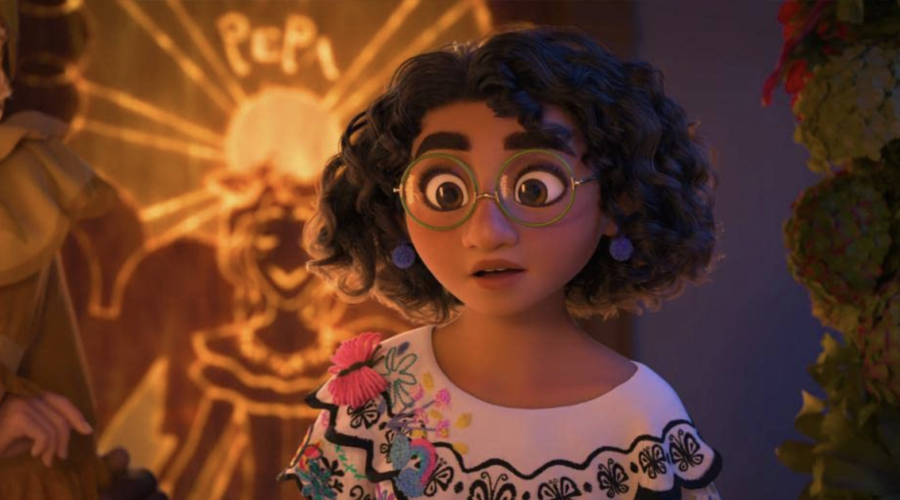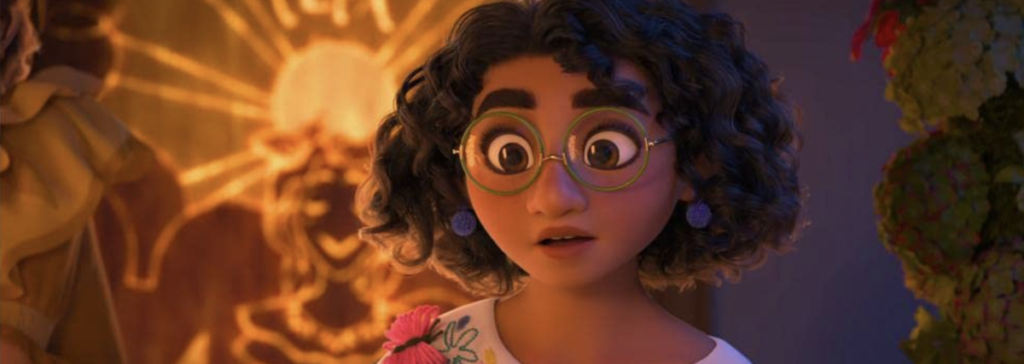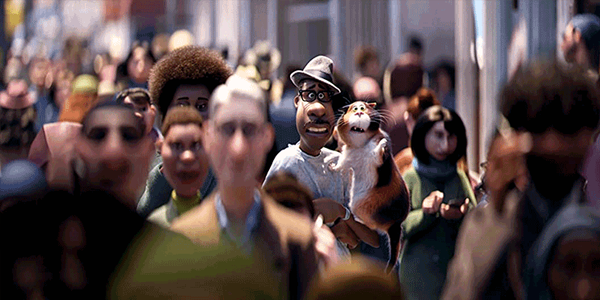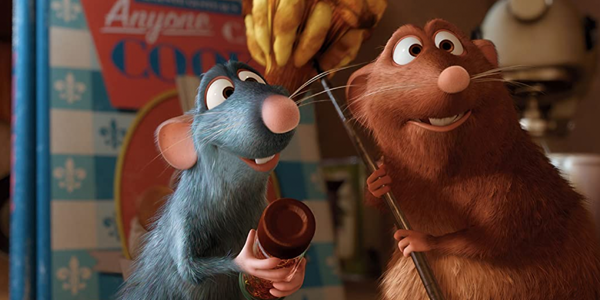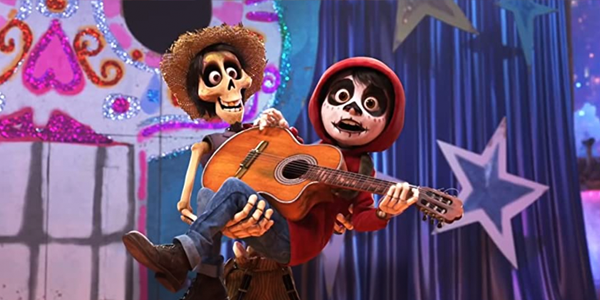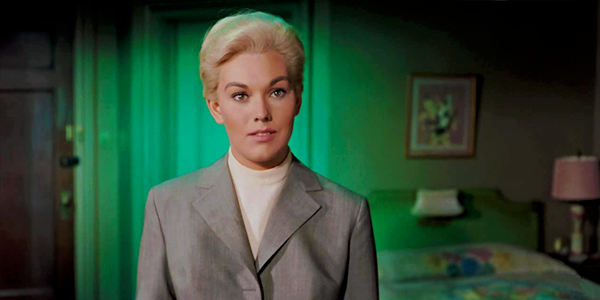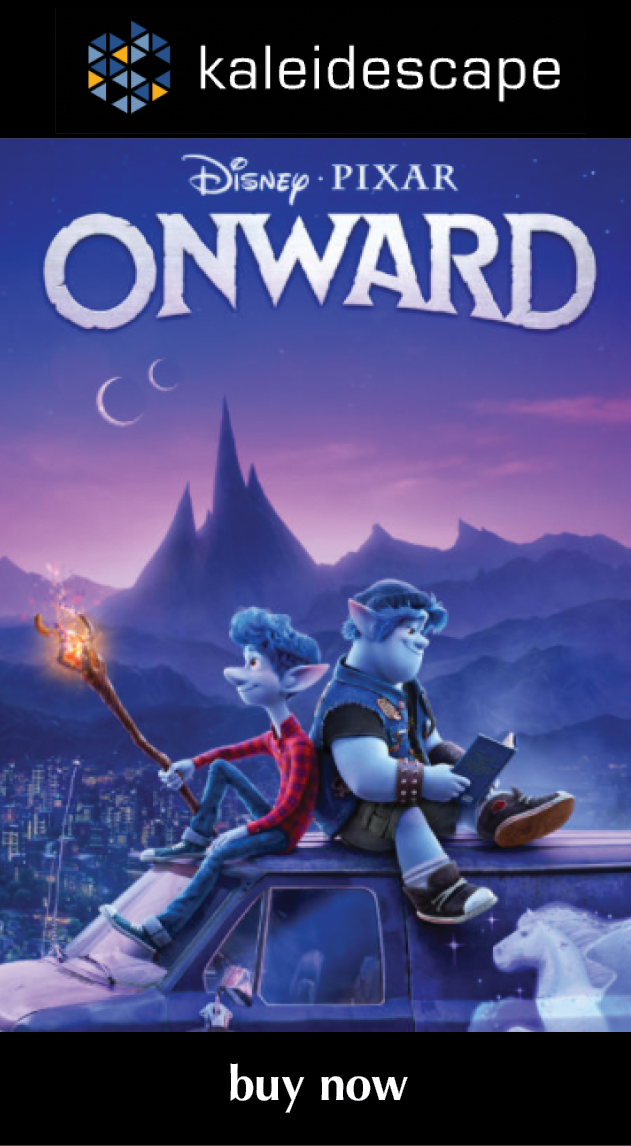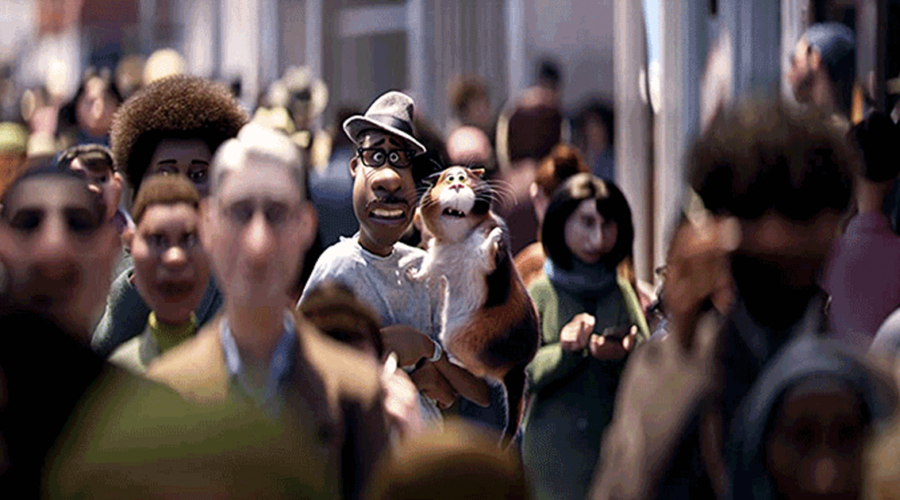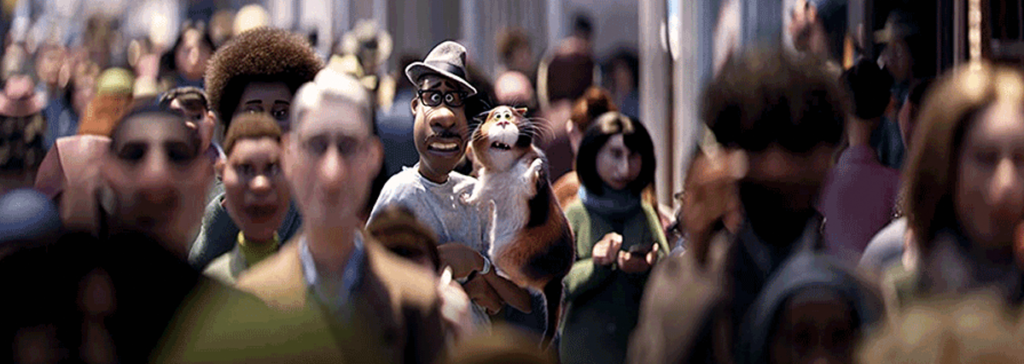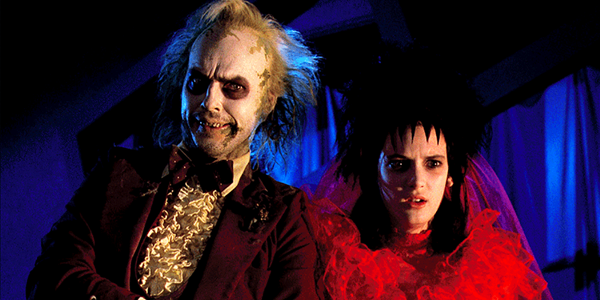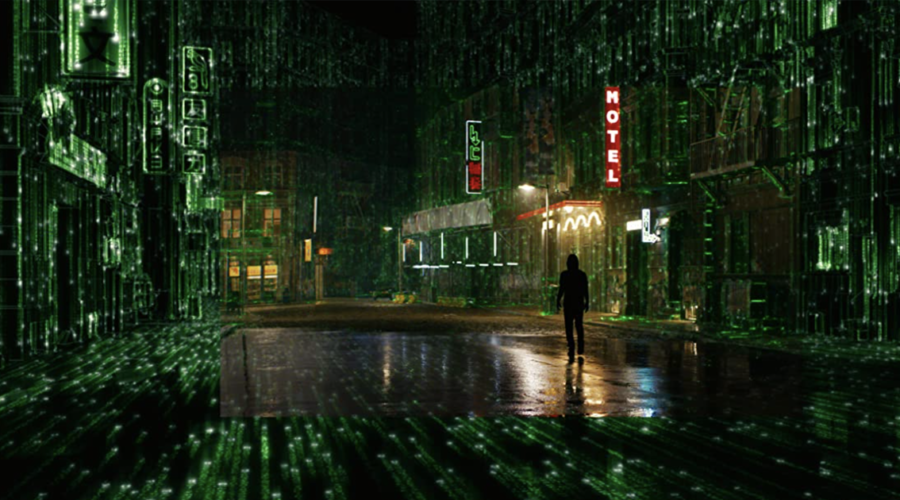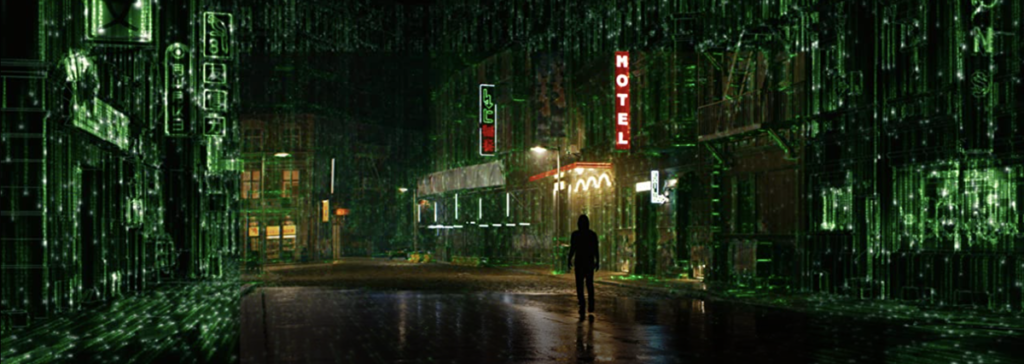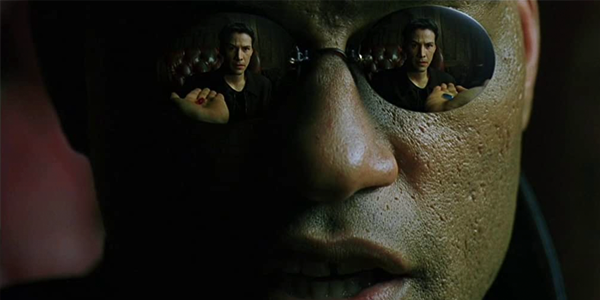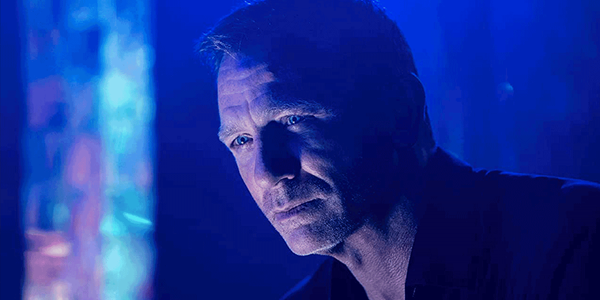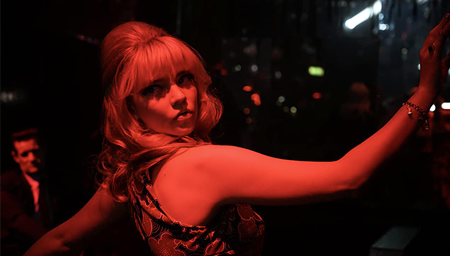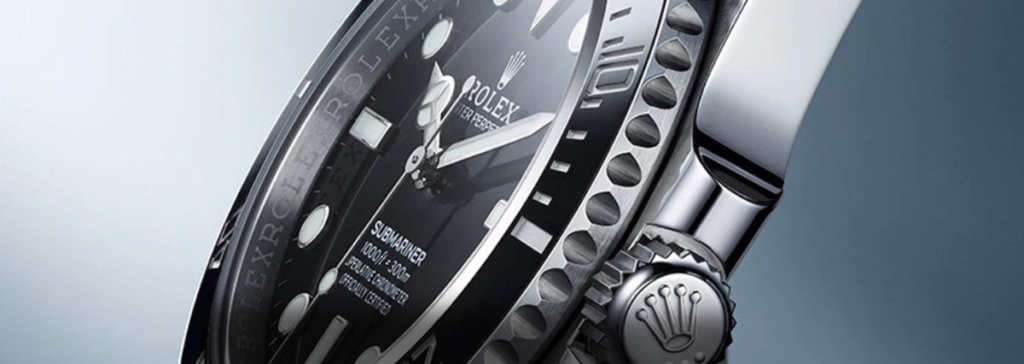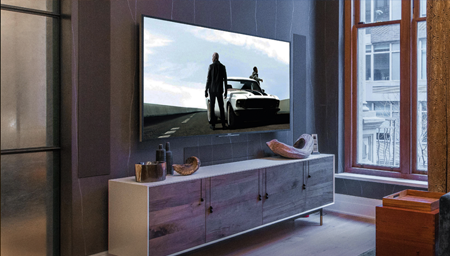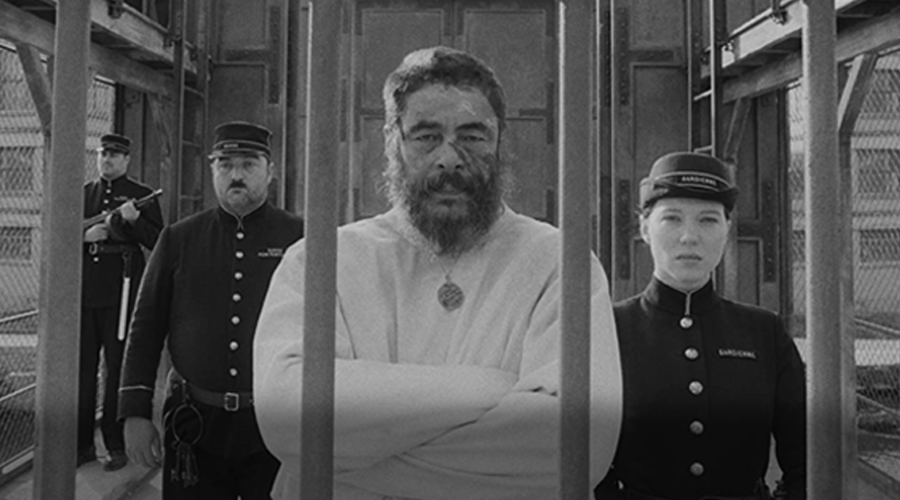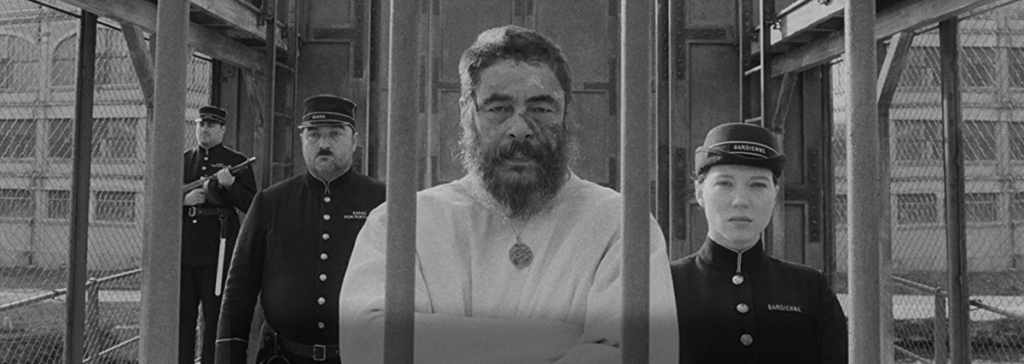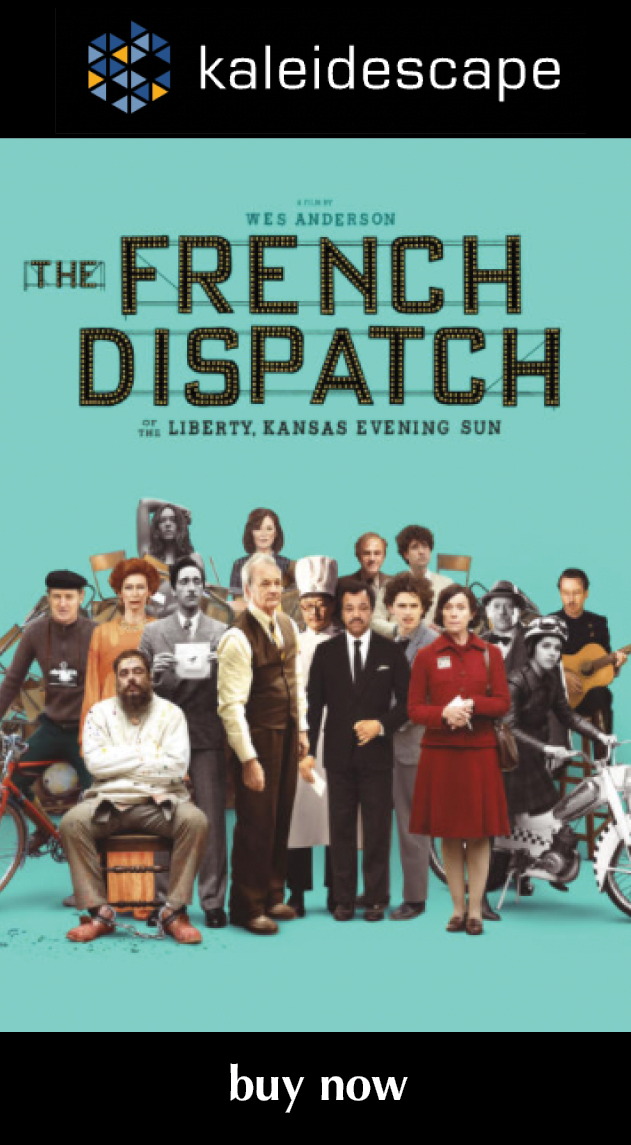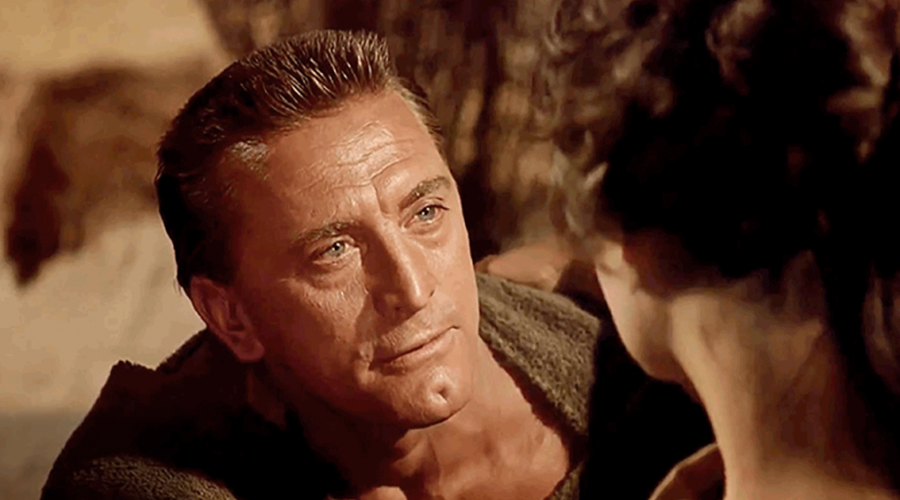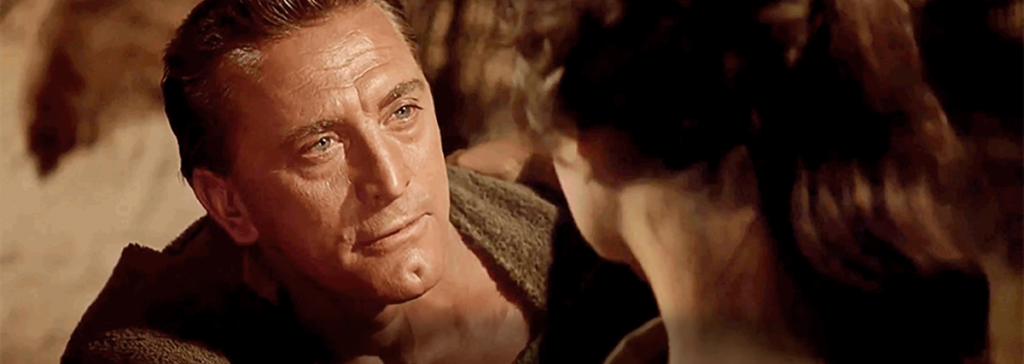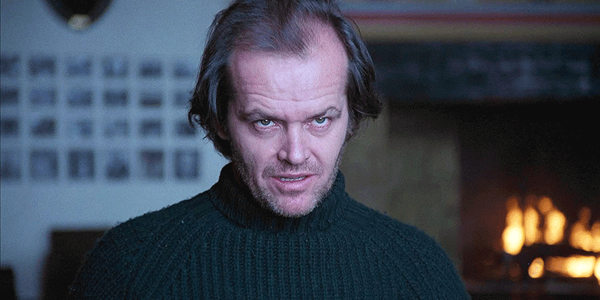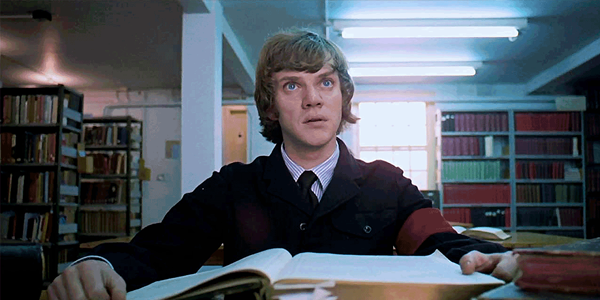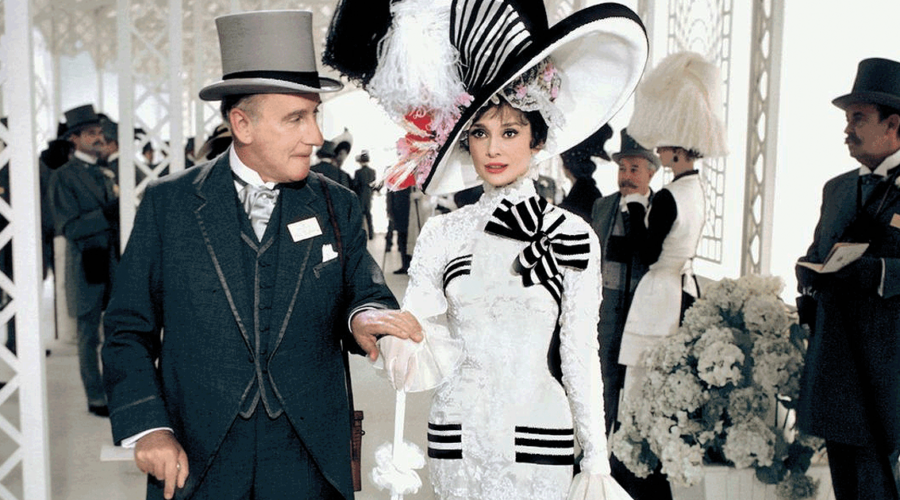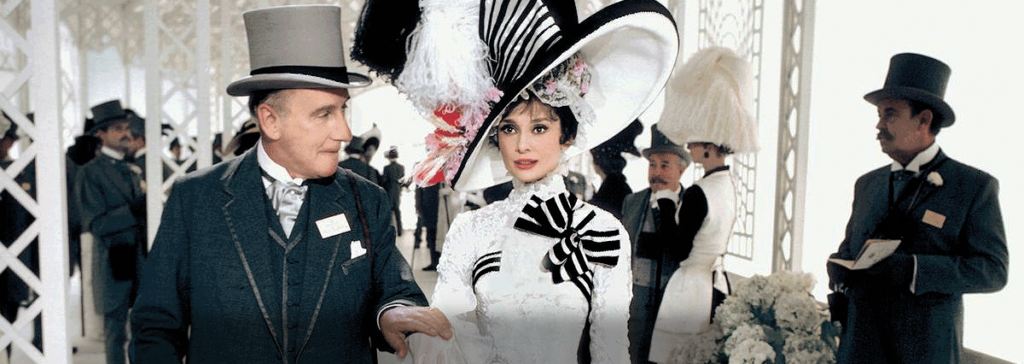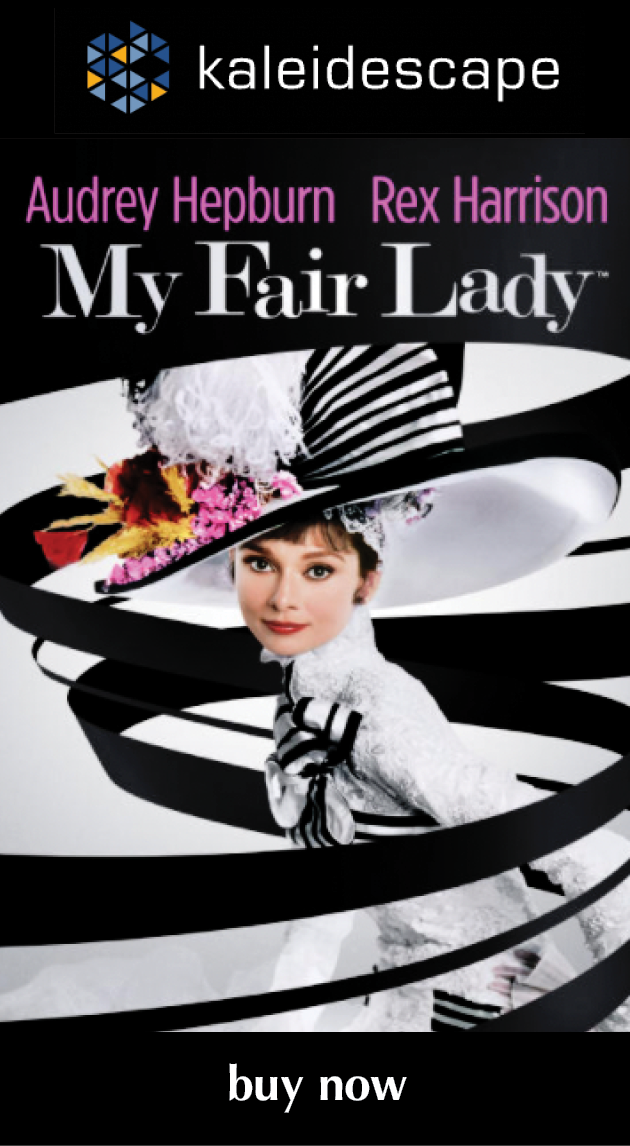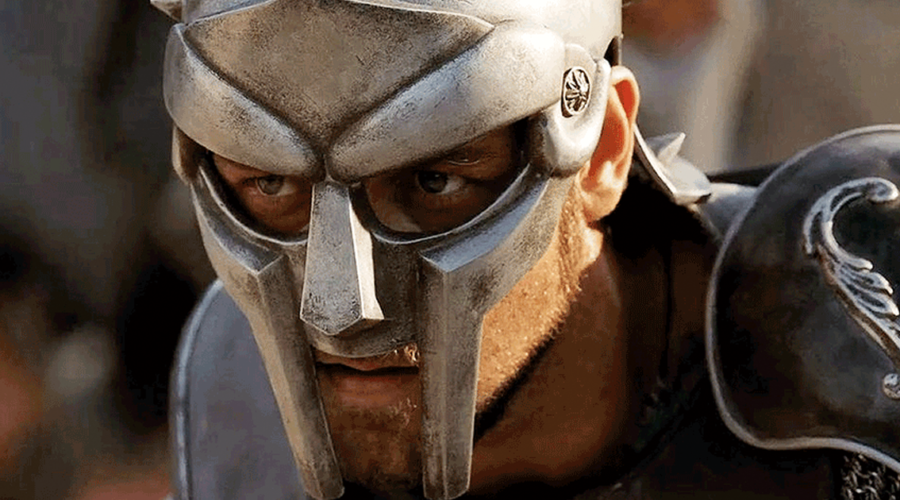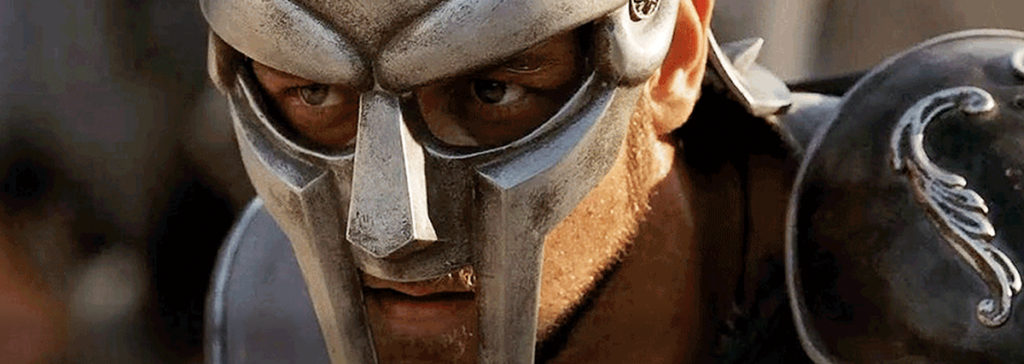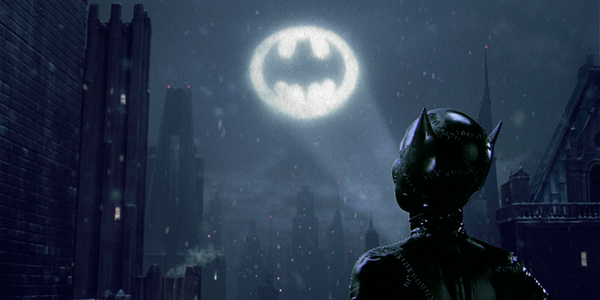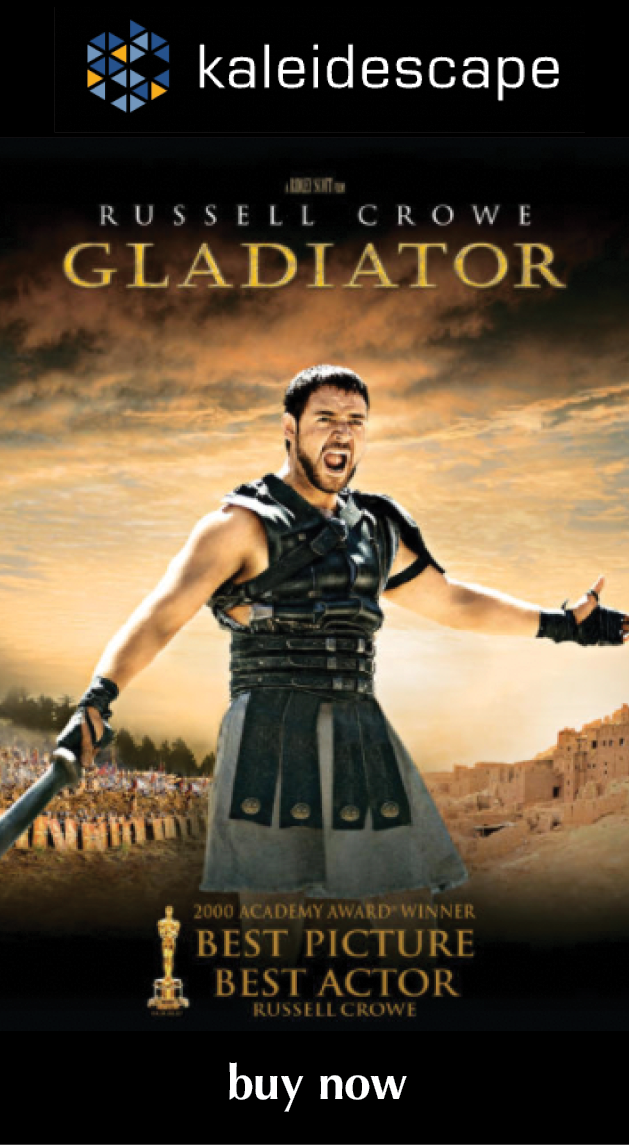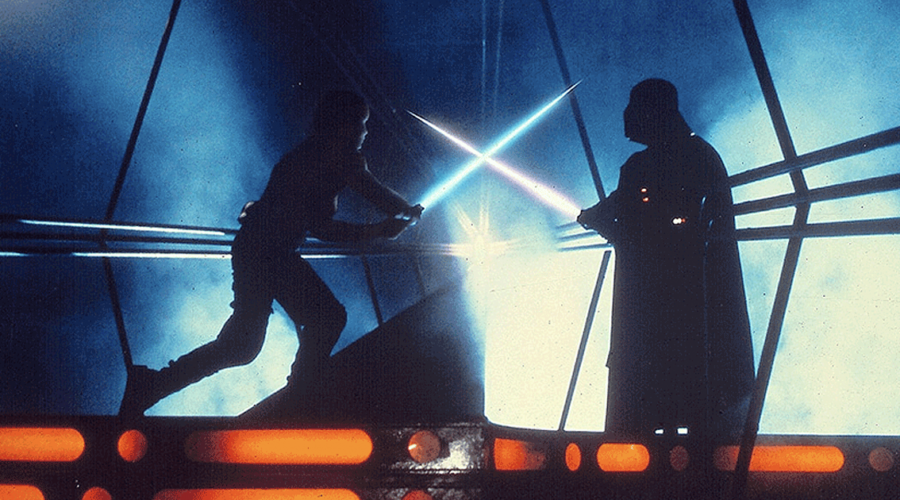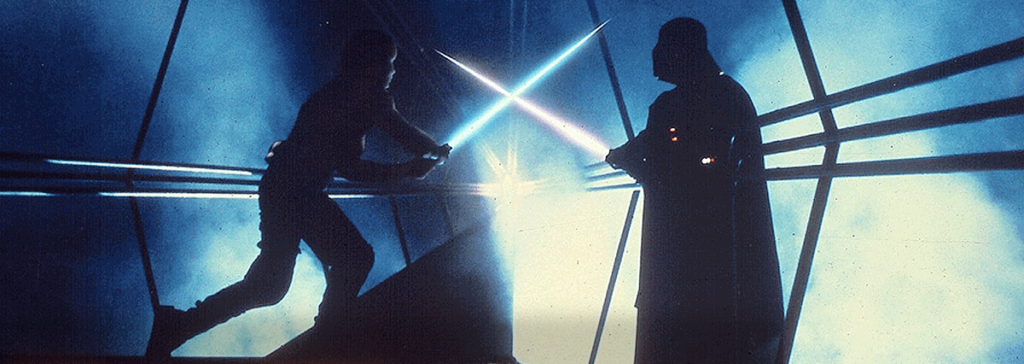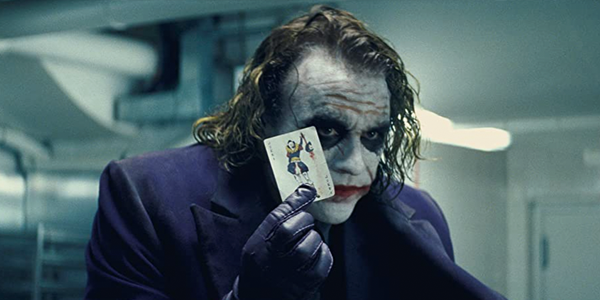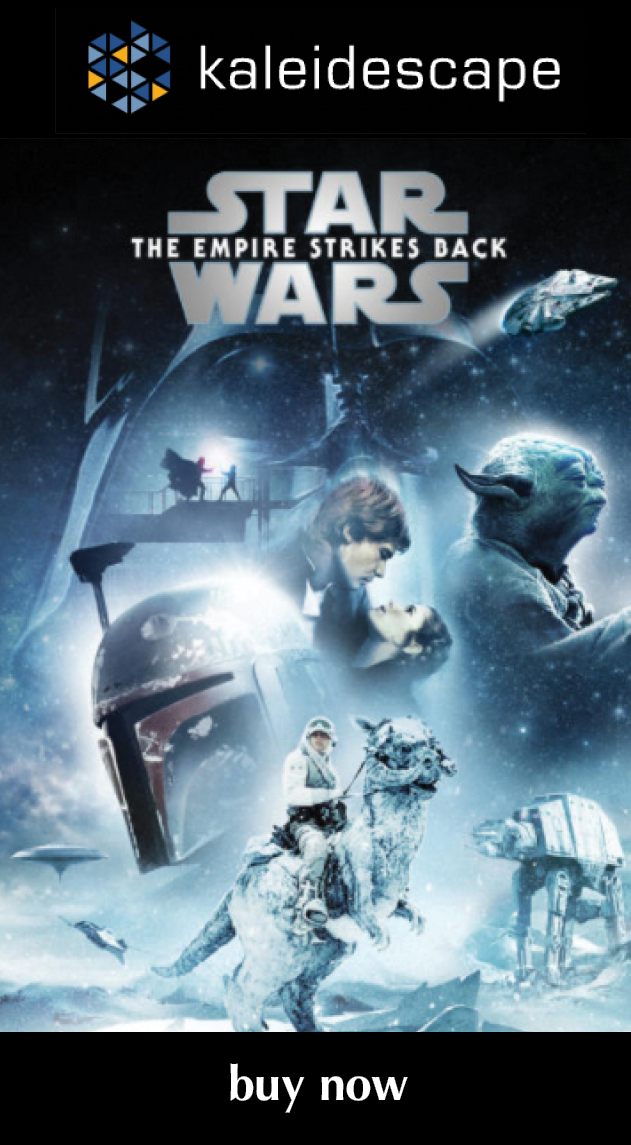Review: Encanto
Disney’s latest is a tale of magic filled with beautiful, vibrant tropical colors that burst off the screen
by John Sciacca
December 27, 2021
I’m totally biased when it comes to Disney Animation. I have two daughters, and when Disney or Pixar releases a film, we’re going to watch it. That doesn’t mean I think they’re all great—it just means they don’t need to do a lot of marketing to get me on board.
When there’s a movie all four of us can sit down, enjoy, and experience together, that’s saying something. (My five-and-a-half year old, Audrey, was very apprehensive about watching, though. The commercial has a “yellow three-headed dragon monster”—it’s actually Cerberus—that scared her, so she thought the movie was going to be about that. After lots of coaxing—and a nearby blanket she could quickly duck under if things got too scary—she decided she could be brave enough to give it a try.) So literally the moment I saw Encanto was available to watch on Disney+—in 4K with Dolby Vision and Dolby Atmos audio—I texted my wife and let her know we had our Friday night plans nailed down.
I was already all-in on watching the film, but what really had me interested was Lin-Manuel Miranda’s involvement, as he wrote eight original songs for Encanto (his second Disney Animation collaboration after writing songs for Moana). After Hamilton and In the Heights, Miranda has won me over with his catchy rapid-fire lyrics and layered, reference-dropping song-telling style.
The film follows the Madrigal family, which lives in Columbia in an “Encanto”—a charmed or enchanted place—where a magical candle creates a sentient “Casita” (which means “little house”) for the family to live in, and a village grows around the house. As each member of the family reaches a certain age, a new magical door appears on the Casita, and when they open it, they’re gifted certain super-human abilities—super strength, super hearing, ability to heal, ability to grow flowers, etc.—which they use to help the villagers and continue the magic of the family. When it’s time to receive her gift, young Mirabel (Stephanie Beatriz) goes to open her door but it disappears, leaving her the only family who doesn’t have a gift, making her the odd one out, with her sisters, the perfect “golden child” Isabela (Diane Guerrero) and super-strong Luisa (Jessica Darrow).
On the night the next Madrigal member, Antonio (Ravi Cabot-Conyers), is to receive his gift, Mirabel has a vision of the Casita crumbling and the candle’s flame being extinguished. When matriarch Abuela Alma (Maria Cecilia Botero) arrives and sees the Casita undamaged, she doesn’t believe Mirabel, causing Mirabel to investigate. She then stumbles across Uncle Bruno (John Lequizamo)—whose gift is having visions of the future—who has exiled himself from the community and whose name no one wants to utter (summed up in the very catchy song, “We don’t talk about Bruno-no-no-no”). When actual cracks start appearing in the Casita—and between family members—Mirabel knows she must do something to save the miracle, the family, and the village.
Like any great piece of writing, Encanto touches on lots of issues and has different layers that will resonate with people in different ways, not just the usual this joke is for adults and this one is for kids. Whether you were the “golden child” and had to live up to the pressure of being perfect or were the family’s backbone everyone relied on or the outcast that seemingly didn’t fit in, Encanto has bits, moments, and characters that will ring true.
There is the very obvious message of fitting in and finding your own talents and embracing your gifts and strengths whatever they are, and not judging your worth based on others. Also, not everyone’s life is as perfect as it may seem, and we all have our own struggles and pressures even when everything might look perfect on the outside (something that will hopefully resonate with all the young girls infected with the toxic Instagram culture). And ultimately, even though no family is perfect, we need to do our best to love them.
As mentioned, the Disney+ presentation is in 4K with Dolby Vision HDR. Taken from a true 4K digital intermediate, it looks gorgeous. Computer animation certainly lends itself to HDR and to delivering bright, vibrant, beautiful images, and Encanto has tropical colors that just burst off the screen.
One of the things that really struck me was the fire effect, specifically around the candle that plays an important role in the film. There are a lot of scenes where you’re able to look at the candle flame, and the animation of the dance and flicker, the lighting, glowing effect, and shadows cast from the candle are just beautiful. The light slowly fading to different shades from the candle can be really tricky for a display, and there were a couple of moments where I noticed a bit of banding, but this might have been an animation style choice and not a streaming-video artifact. But, the lighting work in Encanto is just stunning.
Of course, with animation, the artists carefully scrutinize every frame, so focus is always perfect, with images always sharp and clear. They also pay close attention to every visual detail such as the small frays in rope, stitches in fabric, the texture of stone or tile, and literally individual grains of sand. Beyond the vibrant and lush tropical colors, the family’s doors as they gain their powers have inscriptions that glow a brilliant shade of gold that highlights the strength of the Dolby Vision HDR. (And did Bruno’s red chair remind anyone else of Morpheus’s chair from The Matrix . . ?)
I wouldn’t call Encanto’s Dolby Atmos sound mix overly active but there are some nice moments of ambience that help to place us in the action, such as birds chirping or flying overhead, the sounds of bugs or wind, and then tile and stone cracking and shattering that spreads and expands up into the canopy of the ceiling and out into the room. The audio also opens up the listening environment with some cavernous echoes when appropriate, being drenched in a pouring rainstorm, or the spreading boom of thunder.
The music is the sonic star of the Dolby Atmos soundtrack, and the songs are definitely catchy, with our family singing some of them even a couple of days later. The mix gives the voices space to spread across the front of the room and even up into the ceiling. You can better appreciate the layering during the ensemble numbers, though some of the rapid-fire lyrics (particularly in the opening song “The Family Madrigal”) can be a bit tricky to catch on the first go-round.
Your subwoofers don’t get called on a lot but they do fill in some deep percussion from the songs (particularly during Luisa’s “Surface Pressure”) and give some serious, tactile low end when things come crashing to the ground.
With so many families gathered for the holidays, Encanto offers a wonderful opportunity to round everyone up in your home theater and share an experience. With a message that speaks to the strength of family, gorgeous images that will highlight your video display, and a catchy soundtrack, Encanto offers tantos razones to give it a watch.
Probably the most experienced writer on custom installation in the industry, John Sciacca is co-owner of Custom Theater & Audio in Murrells Inlet, South Carolina, & is known for his writing for such publications as Residential Systems and Sound & Vision. Follow him on Twitter at @SciaccaTweets and at johnsciacca.com.
PICTURE | Computer animation lends itself to HDR and to delivering bright, vibrant, beautiful images, and Encanto has tropical colors that burst off the screen.
SOUND | The music is the sonic star of the Atmos soundtrack, and the mix gives the voices space to spread across the front of the room and even up into the ceiling.
Sign up for our monthly newsletter
to stay up to date on Cineluxe
© 2023 Cineluxe LLC
